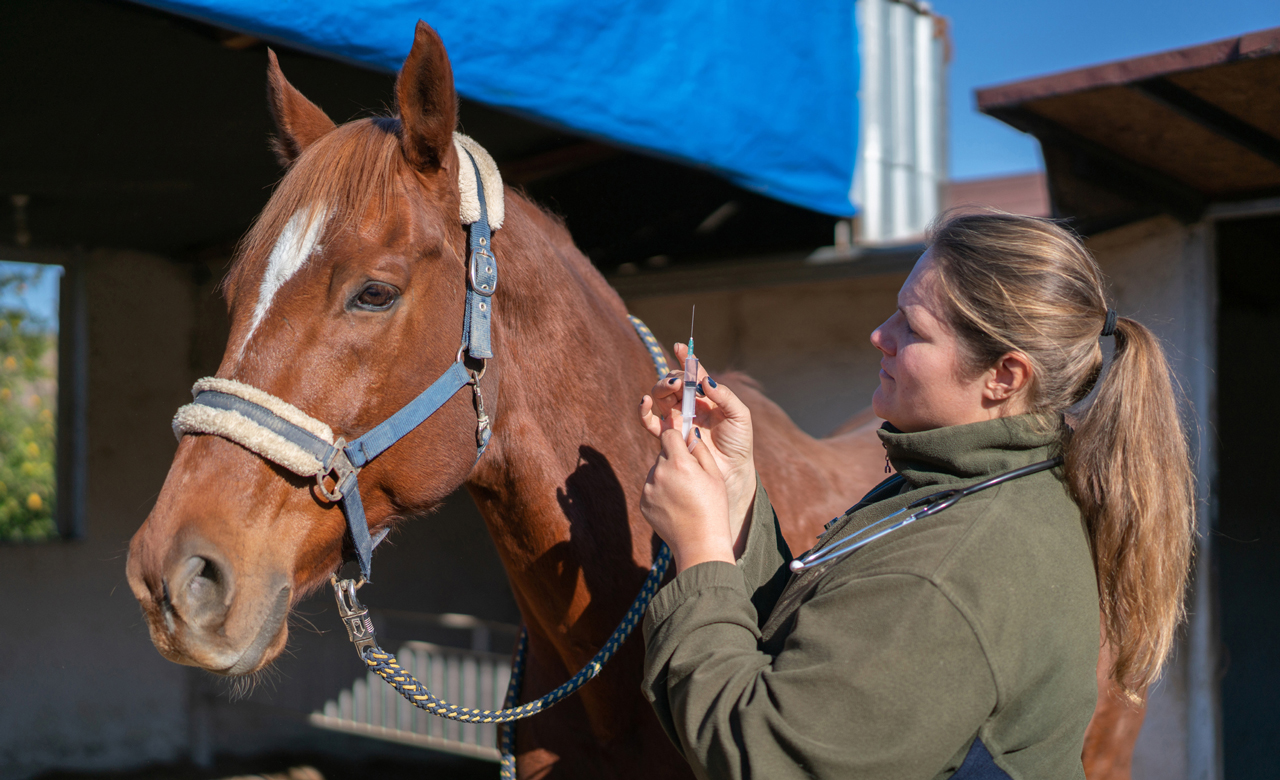Loren Bonner

As if the opioid epidemic in America couldn’t get any worse, a new “emerging drug threat” is contributing to the rise in overdose deaths around the country.
In a March 2023 alert, DEA said that it had detected xylazine—a sedative approved for veterinary use—in nearly a quarter of the fentanyl samples confiscated last year in 48 states. In Philadelphia, where illicit drugs containing xylazine have been prevalent for years, the Philadelphia Department of Public Health reported that 90% of sampled street opioids contained xylazine in 2021.
Rahul Gupta, MD, director of the White House Office of National Drug Control Policy, said that “[t]his is the first time in the nation’s history that a substance is being designated as an emerging threat by any administration.”
Xylazine, which is not approved for human use, is an α2-adrenergic agonist, similar to dexmedetomidine and clonidine. The xylazine-fentanyl combination depresses an individual’s breathing, heart rate, and blood pressure, and can cause wounds that often lead to amputation.
The primary effect of xylazine is profound sedation that is not reversible by naloxone, according to Jeffrey Bratberg, PharmD.
“Naloxone should [still] be given for any suspected overdose, but the goal should be to return to breathing, not consciousness,” said Bratberg, a clinical professor of pharmacy practice at University of Rhode Island College of Pharmacy. “Patients should be monitored until the sedation wears off, for up to 4 hours.”
Frank Franklin, PhD, JD, MPH, deputy commissioner of health at the Philadelphia Department of Public Health, said they have updated their overdose reversal training with information on xylazine and the complications it may cause during overdose reversals. They are also including wound care in harm reduction efforts.
“Treatment of xylazine withdrawal may require inpatient monitoring for vital sign instability and benzodiazepine tapers,” said Franklin. “Co-occurring xylazine and opioid withdrawal can be managed with α2-adrenergic agonists and pain, insomnia, and anxiety management.”
Franklin said pharmacists and other health care providers should continue to provide individuals with access to naloxone and buprenorphine.
Supply
Back in February 2023, FDA said that they were taking action “to restrict the unlawful entry of xylazine active pharmaceutical ingredients and finished dosage form drug products into the country to address a growing public health concern.” According to the agency, members of FDA’s field staff are being directed to screen all shipments of xylazine being imported into the U.S. in its raw or finished form, to verify that it is properly labeled and en route to legitimate supply chains for veterinary use.
As this story went to press, FDA spokesperson Siobhan DeLancey said it is not known whether the xylazine used in these scenarios is illicitly produced or diverted from the animal drug supply.
Pharmacists who work in compounding facilities should have reasonable certainty that the drugs they are dispensing are intended for legitimate animal use and not going into illicit human drug supply, DeLancey said.
Pharmacy compounders should also be familiar with the circumstances under which FDA will consider enforcement discretion with respect to compounded xylazine products, as outlined in Guidance For Industry #256, which covers compounding animal drugs from bulk drug substances.
Policy implications
Maritza Perez Medina, director of the Office of Federal Affairs at the Drug Policy Alliance, said the current administration should not be pushing more supply-side interdiction policies.
“They are incredibly counterproductive and lead to a more unknown and potentially more potent drug supply,” she said in a press release. “Crackdowns on prescription opioids and heroin created the conditions for fentanyl analogues to flourish and overtake the drug supply. And now history is once again repeating itself, with newer, potentially more harmful substances—like xylazine—popping up and already overtaking some markets. Make no mistake, focusing on supply-side interdiction will only dig us deeper into this crisis and inevitably result in more loss of life.”
In March 2023, a bill to regulate xylazine under Schedule III of the Controlled Substances Act was introduced in Congress. Putting the drug in this category would criminalize distribution of xylazine for human use.
Veterinarians, in particular, fear that if that happened, their access to the medicine would be heavily regulated, and that production of a classified drug would require additional quality control and security measures that could adversely affect cost and production of the drug. ■